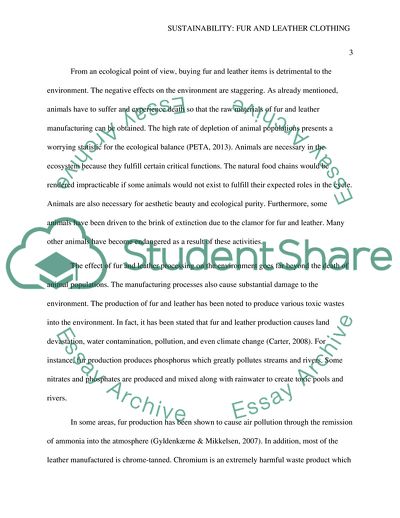Cite this document
(Sustainability: Fur and Leather Clothing Assignment, n.d.)
Sustainability: Fur and Leather Clothing Assignment. https://studentshare.org/environmental-studies/1863402-sustainability-assignment-fur-and-leather-clothing
Sustainability: Fur and Leather Clothing Assignment. https://studentshare.org/environmental-studies/1863402-sustainability-assignment-fur-and-leather-clothing
(Sustainability: Fur and Leather Clothing Assignment)
Sustainability: Fur and Leather Clothing Assignment. https://studentshare.org/environmental-studies/1863402-sustainability-assignment-fur-and-leather-clothing.
Sustainability: Fur and Leather Clothing Assignment. https://studentshare.org/environmental-studies/1863402-sustainability-assignment-fur-and-leather-clothing.
“Sustainability: Fur and Leather Clothing Assignment”. https://studentshare.org/environmental-studies/1863402-sustainability-assignment-fur-and-leather-clothing.


